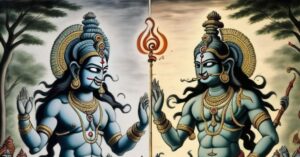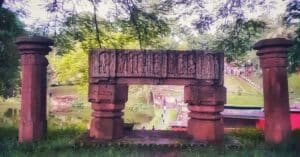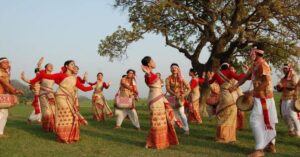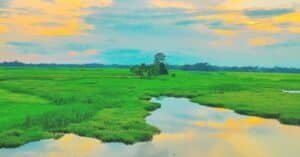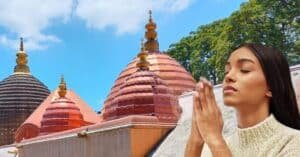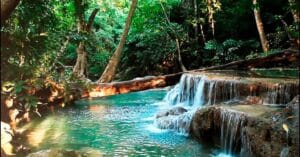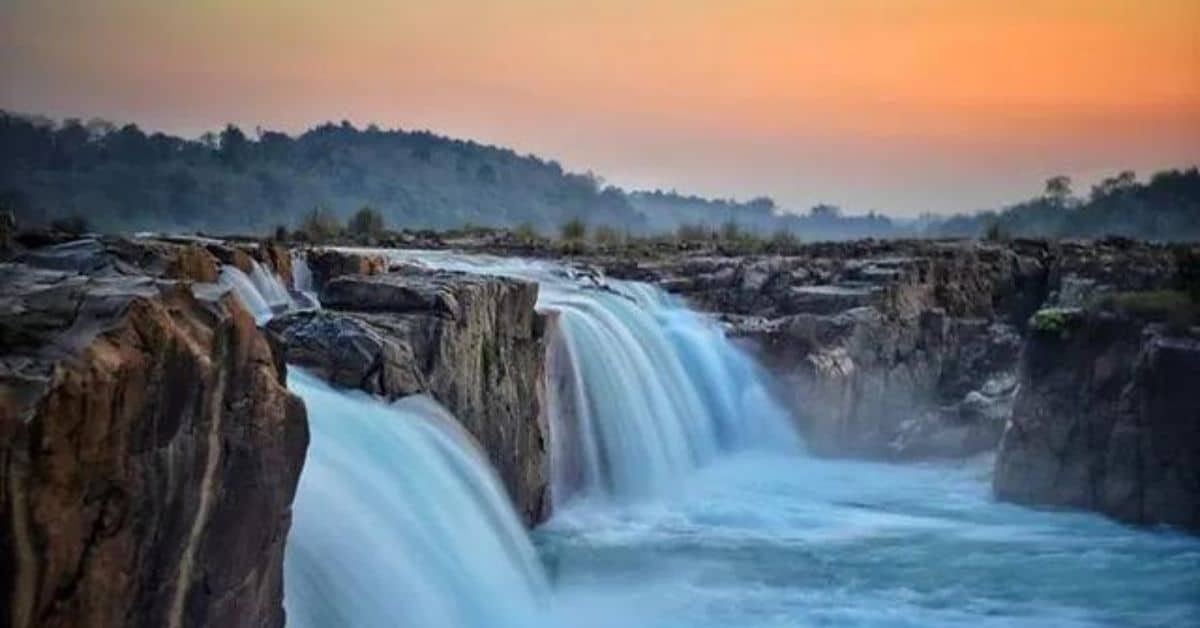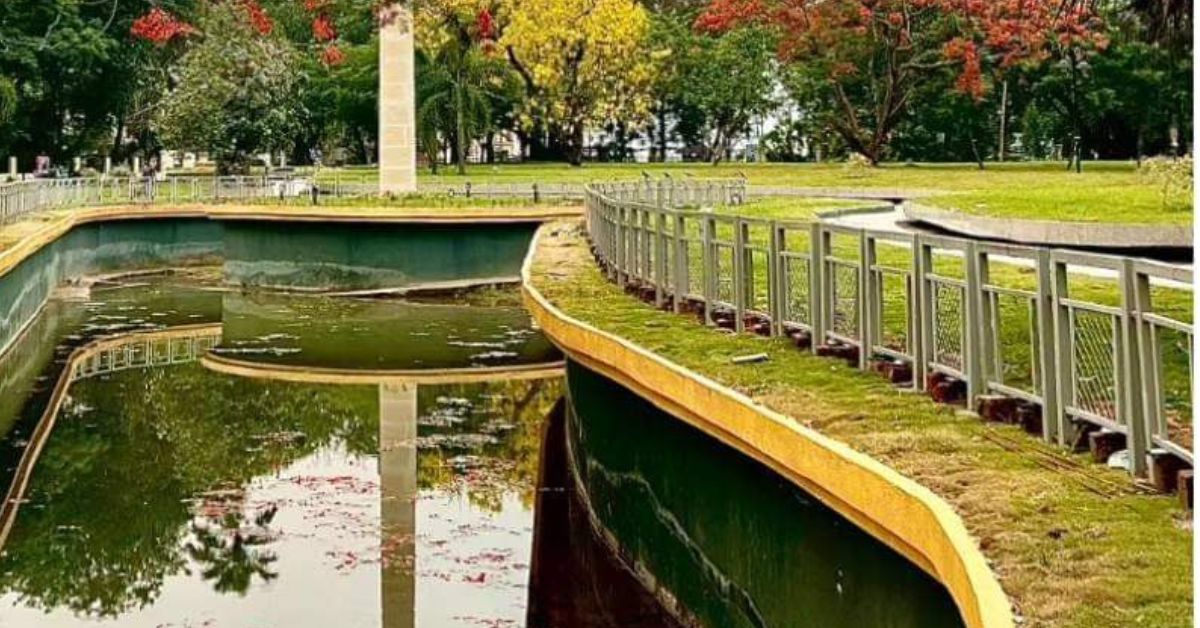Tezpur, often hailed as the cultural capital of Assam, is a treasure trove of history, myths, and natural beauty. Nestled along the mighty Brahmaputra River, this vibrant town is among the most sought-after destinations for travelers exploring Northeast India. The tourist places of Tezpur offer a captivating mix of ancient temples, archaeological wonders, lush gardens, and scenic riverbanks. Many tourists visiting Arunachal Pradesh spend at least two days in Tezpur to explore its iconic landmarks.
Situated in Assam’s Sonitpur district, about 175 km northeast of Guwahati, Tezpur stands as the largest city on the northern bank of the Brahmaputra. Surrounded by the Himalayan foothills to the north and the river to the south, Tezpur is famously called the City of Love, City of Blood, and Cultural Capital of Assam—each name narrating a part of its rich heritage.
Tourist Places of Tezpur: Archaeological Heritage
Temple Remains of Tezpur
These temple remains are situated at a central point of Tezpur are the remains of an ancient temple which has been associated with many historic figures like Banaraja and fables like the story of Usha and Aniruddha, the battle of Hari – Hara etc. Within the remains of the temple complex, one temple has been identified as a Shiva Temple, another as a Surya Temple and the deity of the third temple still remains unidentified. This temple complex contains numerous impressive rock-cut sculptures and carvings of Shivalinga, deities like Shiva, Brahma, Ganesha and Surya, male and female figures, lion, elephant and flower vines among others.

Bamuni Hills
Bamuni Hills, also known as ‘Bamuni Pahar’, is a hillock on the bank of the Brahmaputra about 2 km to the east of the Tezpur Town. Bamuni Hills is probably named after lord Vaman, an avatar of Shree Vishnu. It is near the Bhairavi temple. It consists of extensive sculptural ruins which resembles the work of Gupta period. The remnants had been dated back to 9th and 10th centuries AD. The ruins of the bamuni hills are famous for its artistic beauty and is an important heritage site of Assam. This picturesque location is known for its ancient ruins such as an isolated temple, temple’s walls and pillars are adorned with intricately detailed carvings, sculptures of animals like crocodiles and tortoises etc. Several pieces of the temple walls and pillars are taken to the adjacent Cole park or Chitralekha Udyan within the Tezpur town and are well preserved there.
Moreover, there are numerous rock segments with intricate and detailed carvings of flowers, human figurines, tigers, crocodiles, and a lion mounting an elephant. In one of the segments, there are depictions of different avataras of Vishnu like Narasimha, Parashurama, Varaha, Rama etc, and of Balaram carved in the rocks. Other notable rock sculptures include the images of Nataraja, Durga, Ganesha and Naramundaha Devi / Chamunda.
Da-parbatiya Ruins
Da-parbatiya, also spelled as Dah-Parvatiya, is located to the west of Tezpur town. The ruins of the temple in Dah-Parvatiya village are just about 6 kms away from Tezpur town. The main attraction of this tourist places of Tezpur is Dah-parvatiya door frame. It provides one of the earliest specimens of architectural stone carving in Assam; well known for its display of skilled craftsmanship. The door frame of the entrance gate to the temple is adorned with impressive carvings of goddesses Ganga and Jamuna, while the lintel is by the Garuda bird, flying geese, male and female human figurines and flower vines. Other notable rock sculptures in this site include those of Vishnu, Har-Gauri and Shiva
The Da parbatiya ruins, unearthed in 1924, is believed to date back to the 5th-6th century AD, displaying carving characteristics reminiscent of the Gupta period. During the Ahom era, a brick Shiva temple was constructed atop the Gupta temple’s ruins. Unfortunately, it succumbed to the 1897 Assam earthquake, revealing remnants of the Gupta temple, notably a stone door frame. The Da-Parbatia temple remains is a popular tourist destination for pilgrims.
Garh Doul Ruins of Singri Hills
Singri Hill is located in the south west of Tezpur at a distance of 35 kms. Garh Doul is a recently excavated archaeological remnant of Assam situated in Tarajan-Kumargaon inTezpur. The origin of Garh Doul can be traced back to 7th to 8th century AD. Covering an area of half a square kilometer, it is a huge brick structures with elevated walls which are divided into what appear to be rooms and corridors. The excavations have unearthed the structural remains of an enormous brick fortification that may be portions of a palace or used for defensive purposes for stationing the army.
If you have a passion for history and archaeology, you’ll undoubtedly be captivated by the above three tourist places of Tezpur.
Tourist Places of Tezpur: Religious Heritage

Mahabhairab Temple: Mahabhairab Temple is a historic monument and has pilgrimage importance as it finds mention in Puranas, ancient Hindu scriptures. Mahabhairab Temple is visited by tourists from all over India, all round the year. The temple was originally built during the prehistoric times by King Bana.It was then a stone temple which is evident from the huge pillars scattered all around the temple. The temple was believed to be destroyed during Islamic invasions which were later re-built during 8th to 10th century A.D by the successive kings. But the temple was heavily damaged by the earthquake of 1897 which was renovated in the early part of 20th century. The temple is dedicated to Lord Shiva and has one of the oldest and largest shivalinga in the world. Shivratri is held in the temple every year, which attracts thousands of devotees as well as domestic and foreign tourists. It is one of the most visited tourist places of Tezpur.
Rudrapad Singri: Rudrapada Temple is dedicated to Lord Shiva and has mythological consideration of having the foot-print of Lord Rudra or Lord Shiva himself. The temple is located on the banks of River Brahmaputra in the southeast corner of Tezpur. As the original temple was eroded by River Brahmaputra, the later was rebuilt by Ahom king Siva Singha in 1730 AD at the same site.
Gupteswar temple: The hill is famous for temple of Gupteswar (Gupta means hidden and Iswar means God). It means the temple of hidden God. According to Archaeological Survey of India, it is one of the most ancient temples in Assam which belongs to 7th century AD and standing on the foothills of Singri on a cave. Many pilgrims from different parts of the country and abroad come here to pay their reverence and worship. The pilgrims of Nepal and Bhutan visit this holy shrine regularly once in a year during the Mahashivratri, a festival of the Hindus.
Bhairabi Temple : It is a very important Shrine of shaktism (devotees of Lord Shiva) sect in Assam. The temple is of 400 years old and lies to the extreme south of Tezpur town at the bank of river Brahmaputra. According to mythology, the temple belongs to the age of the legendary pre-historic ruler Bana of Sonitpur. His daughter Usha is said to have offered regular prayers to the mother goddess at this very temple to bless her with a happy conjugal life.
Haleshwar : Haleshwar temple is one of the oldest temples of Tezpur which is located about 10 kms north of Tezpur. In 1705, the Ahom King Rudra Singha built the temple and dedicated it to Lord Shiva.
Church of Epiphany: The Church of Epiphany is an old British pattern church located in Tezpur. The foundation stone of the church was laid on 16th May 1847 by Captain James T. Gordon, the Principal Assistant Commissioner in charge of than Darrang District of Assam. The church contains the memory of Charles Alexander Bruce who is respectfully regarded as the ‘Father of Tea Industry” of India. Bruce died in the old Mission Bungalow in Tezpur on 23rd April 1871 and was buried in the Christian graveyard near the church. Bruce was deeply associated with the Church of Epiphany and he left all his earning money for the church as he devoted his life for the noble cause of society. This church has become one of the most favoured tourist places of Tezpur for Christian community.
Historical Theme Parks of Tezpur
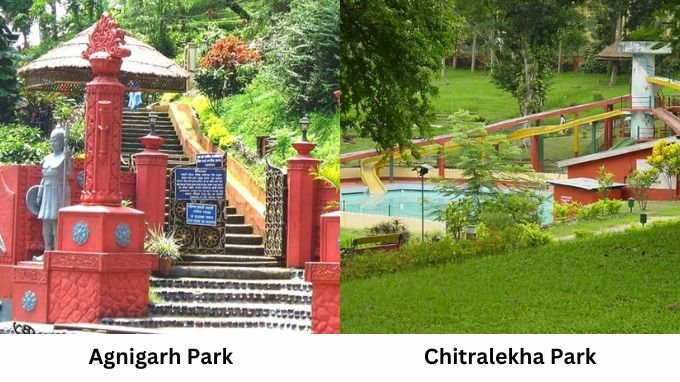
Chitralekha Udyan: The Chitralekha Park or Chitralekha Udyan is the most famous park of Assam. The Park is named after ‘Chitralekha’, the best friend of princess Usha of Sonitpura. This park was established by Mr. Cole, a Commissioner of Assam under British rule in the year 1906 to house the remnants of the Banasura’s palace. That is why it is also known as Cole park. The park is located amidst innumerous hillocks, terrains and lakes and is definitely one of the most picturesque tourist places of Tezpur. The park has two massive stone pillar and other sculptural remnants of 9th and 10th century. The park presents an even more heavenly sight in the evening, when the lights are switched on. The place has also been the venue for exhibitions and competitions since a long time. Various bollywood movies of 80s were filmed in this park.
Agnigarh park : Agnigarh is a very popular tourist destination in Assam. This is a very beautiful hillock with a very picturesque view of the river Brahmaputra. The place bears pre-historical significance. King Bana, who ruled Sonitpur during prehistoric times, used this hillock by surrounding it with fire to isolate his beautiful daughter Usha from Prince Aniruddha of Dwarka. A part of the hillock is now designed as a park wherein various stone sculptures which portrays the history of Sonitpur as well as the love story of Usha and Aniruddha and the war that arose due to it. There is a beautiful circular stairway that leads to the top of the hillock from where the entire Tezpur town can be seen. Tourist can enter the park after taking tickets from a counter located at the foot of the hillock.
Cultural Heritage of Tezpur
Jyoti Bharati: Poki which is now known as Jyoti Bharati Museum, was the ancestral home of Rupkonwar Jyoti Prasad Agarwala, the legend of Assamese culture. Built in 1874 by Hari Bilash Agarwala, grandfather of Jyoti Prasad Agarwala, the house was the first concrete (pucca) house in Tezpur and therefore was popularly known as Poki. The Architecture of Poki is a subtle blend of Rajasthani and Ahom style. Poki had an importance in Indian freedom struggle. Many national leaders including Mahatma Gandhi, Jawaharlal Nehru, Lala LajpatRai, Motilal Nehru, Madan Mohan Malviya, Aruna Asif Ali, Dr.Rajendra Prasad, Raja Gopalachari, Bishnu Rabha, Phani Sarmah, Bhupen Hazarika, have spent their time in Poki during freedom movement. Jyoti Bharati is now the museum that stores the precious belongings of the cultural maestro. One can see the various musical instruments, books and invaluable treasures and belongings of the luminary figure. Moreover Poki is the centre of music learning. Cultural discussions, cultural shows etc are the main attractions of Poki today.
Baan theatre : Baan theatre is the first modern Assamese theatre hall in Assam. It is located in the midst of Tezpur town. It is the oldest institution of performing arts and culture in Assam. The theatre dates which dates back to 1906 has been a platform for development of the socio-cultural scene of Assam. The great cultural trio of Assam Rupkonwar Jyoti Prasad Agarwala, Kalaguru Bishnu Prasad Rabha and Natasurya Phani Sarma made a progress of their career through the theatre. Now it’s a centre of classical learning, staging of drama and various other traditional or classical performance.
If you have a passion for Assamese music and culture, you’ll undoubtedly be captivated by the above two tourist places of Tezpur.


